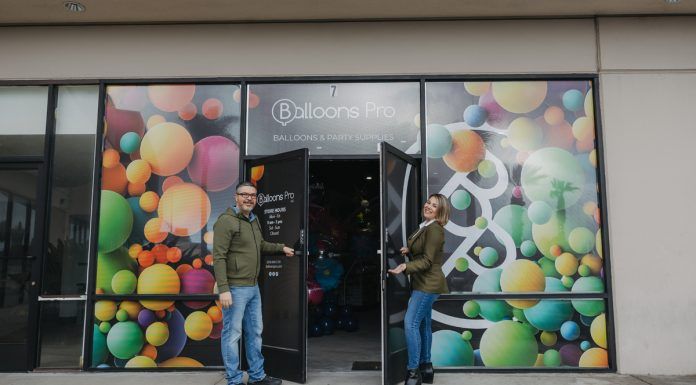On March 10, San Diego County Supervisor Nora Vargas held an informal roundtable with local media focusing on how to better communicate to the most underserved communities in the county and her district. She said there is a lack of communication in these communities, and cultural and language barriers that need to be addressed.
Vargas said there are many hurdles to overcome, people wanting to wait to get the vaccine “a year from now” to see how it works, the controversy over the J&J vaccine due its usage of fetal cell lines, and the fear of side affects from all the vaccines.
“I need our communities to have the correct information, putting politics aside, get our communities vaccinated,” she said. “Our communities are scared. People are dying and we have been impacted more than anyone else. We are not going to do this unless we do this together.”
Vargas said that there are many inequities in the system, and she is fighting to advance communication to these communities.
“This issues with the vaccines are huge and the demographics have not been represented in the phases,” she said. “People of color, particularly in our community are not represented.”
Vargas said she expects a bit of change when people with underlying conditions become available for the vaccine on March 15. But she said, this has its own set of problems, especially within her district. She said many in the Latino community, due to lack of health insurance, visit doctors in Tijuana. She said she is working with the County to try and ensure that they do whatever they can to give vaccines to anyone who comes in and says they have underlying conditions.
Vargas said she had the opportunity to work with Gov. Gavin Newsom when he visited San Diego and that they talked about the need for communities to gain more access to the vaccines. She said she took him to Barrio Logan, showing him, these were the types of communities most highly effected by high rates of unemployment due to the pandemic, housing, healthcare and other issues.
“We are doing the advocacy that needs to be done,” said Vargas. “We are doing intervention, but many heard the governor say that they were going to begin focusing on inequities which means that they will be sending 40% of more vaccines into impacted communities. But if you look at the data, it does not reflect many of the districts that we have.”
Vargas said now, it is 12 zip codes in the county that qualify, but the County has an additional 20 zip codes that they believe should qualify and are advocating this need to the governor.
“This morning in our policy committee we discussed how we are going to add additional vaccines to those communities in particular,” she said. “Out of those 12 zip codes we have five vaccination pods that are open. We are really trying to figure out how to get the vaccines to our communities.”
Vargas said two weeks ago, she helped lead a pilot program specifically focused on people not having to make an appointment.
“That was important, and we wanted to have the availability for people to have these walk-up pilot sites to get their vaccines,” she said. “That came from people I saw in the community struggling with language, and technology barriers. We implemented it and it worked. Since that pilot program started, we have been able to see 17,000 people vaccinated in the zip codes we targeted.”
Vargas said it was still difficult getting the information out to the right people.
“We are at a point now where we are getting the information out, but it is not getting to the people that need it,” she said. “This is not just the Latino community, but the Black community, the Asian, Native Hawaiian and Pacific Islander American communities.”















